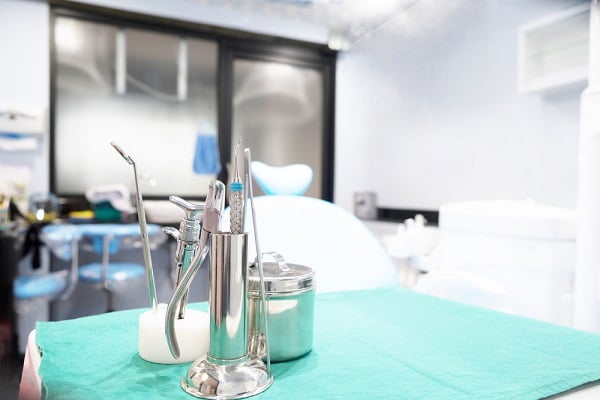 Of the 20% of health insurers who do not offer dental benefits, more than half of them are likely to offer it in the future, according to a recent study. (Photo: Shuterrstock)
Of the 20% of health insurers who do not offer dental benefits, more than half of them are likely to offer it in the future, according to a recent study. (Photo: Shuterrstock)
The combination of dental and health insurance plans is increasing, according to a new West Monroe study, as health plans offering adult dental benefits have more than doubled since 2018. Many health plan executives prefer offering consumers a single, bundled dental/health product. Although the dental plans are administered separately–a one-product, two-premium model–given the underwriting complexity.
This is the principal finding of a new report, "Convergence of Dental and Health Insurance Accelerates," released by West Monroe in June, a national business and technology consulting firm. The survey fielded input from over 100 executives at US-based dental and health insurers. "It is becoming apparent that the health and dental insurance industries are on the verge of convergence, threatening to upend the standalone-dental business model. This survey reinforces the call to action for dental plans," said Will Hinde, managing director and West Monroe's Healthcare & Life Sciences practice leader.
Recommended For You
Complete your profile to continue reading and get FREE access to BenefitsPRO, part of your ALM digital membership.
Your access to unlimited BenefitsPRO content isn’t changing.
Once you are an ALM digital member, you’ll receive:
- Breaking benefits news and analysis, on-site and via our newsletters and custom alerts
- Educational webcasts, white papers, and ebooks from industry thought leaders
- Critical converage of the property casualty insurance and financial advisory markets on our other ALM sites, PropertyCasualty360 and ThinkAdvisor
Already have an account? Sign In Now
© 2025 ALM Global, LLC, All Rights Reserved. Request academic re-use from www.copyright.com. All other uses, submit a request to [email protected]. For more information visit Asset & Logo Licensing.








